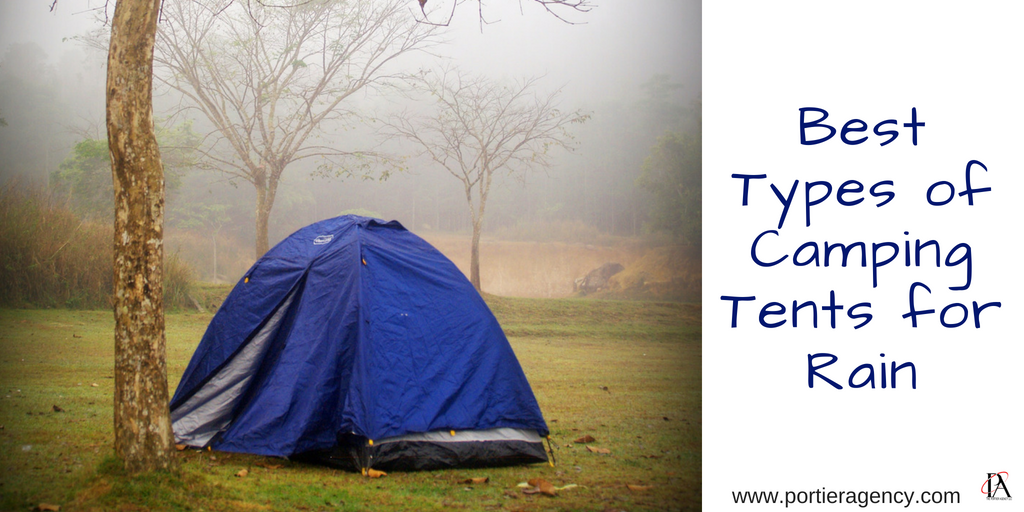Best Types of Camping Tents for Rain
 Best Types of Camping Tents for Rain
Best Types of Camping Tents for Rain
Though there are many styles of camping tent, the best camping tents for rainy weather are those with straight sides rather than domed construction. Rain can sheet off the sides rather than pool in the middle in straight styled tents. There are many other styles and design essentials to keep in mind when looking for the best tent to use in the rain.
Double Walled Construction
As you breathe out at night in your tent condensation will form on the inner lining due to the heat difference on the inside versus the outside of the tent. Having a double walled tent will help minimize the condensation due to better ventilation and dissipating the temperature difference.
Guy-Line Placement
The rain fly is essential to keeping a tent dry in rainy weather. However, if the rain fly is allowed to sit directly on top of the tent, all airflow will be eliminated and condensation will become a problem. Even if the fly is working, water will build up without proper ventilation to remove it. Guy-lines are the cords which tie down the rain fly and when taught, the rain fly is able to support pooling water from bogging down the fly. Enough guy-lines in the correct places allow for large degrees of rain and a properly functioning fly. On average one a guy line every two and a half feet is adequate.
Full Coverage Rain Fly — down past bath tub floor, preferably extending to allow for storage
A full coverage rain fly is essential for truly wet weather. The size of the fly should extend well past the bath tub floor (see below) and preferably extend out from the surround of the tent to allow for storage of gear. A place to store gear or shoes during storms can greatly improve the camping experience
Bath Tub Floor and Ground Cloth
A bath tub floor is a design built into the tent to allow freely flowing water to go under the tent. The bottom edges of the tent are raised off of ground level, with the center of the tent the only portion touching the ground. If the edges were firmly planted on the soil, water would pool and then seep into the tent. By having the outer edges raised, water can have access to flow away from the tent. This feature is essential for allowing the ground cloth to do its job. A ground cloth is a layer of waterproof material placed on the ground underneath the tent so that water cannot seep through the tent’s floor. Fancy, custom fit ground clothes can be purchased, but are unnecessary. A ground cover merely needs to be cut 2 inches smaller than the outer tent walls.
Headroom and Space
If the rain is significant, the occupant might be spending time inside the tent for things other than sleeping to avoid the weather. Before purchasing the tent, sit inside it. A person should be able to adequately move around, cook, or…
Continue reading this article.
Don’t forget, The Portier Agency offers homeowner/mobile home/ renter’s /automobile / motorcycle / life / commercial / crop insurance.
Call or come by to get your quote!
 The Portier Agency, LLC
The Portier Agency, LLC
113 North Irwin Avenue
Ocilla, GA 31774
229-468-3444
portieragency@windstream.net